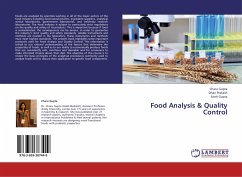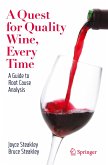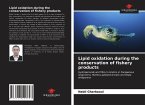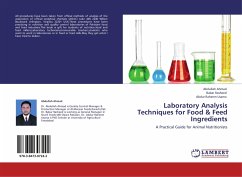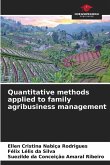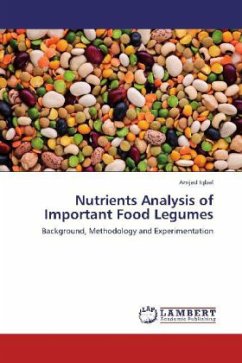Foods are analyzed by scientists working in all of the major sectors of the food industry including food manufacturers, ingredient suppliers, analytical service laboratories, government laboratories, and University research laboratories. The food industry is subject to particularly strict regulations on the quality and safety of its products. This is important because if food is contaminated, the consequences can be serious. In order to guarantee the industry's strict quality and safety standards, reliable instruments and methods are needed in the laboratory. These instruments and methods must meet highest standards. The present book highlights some important protocols used for Food Analysis and Quality Control. This information is critical to our rational understanding of the factors that determine the properties of foods, as well as to our ability to economically produce foods that are consistently safe, nutritious and desirable and for consumers to make informed choices about their diet. The objective of this course is to review the basic principles of the analytical procedures commonly used to analyze foods and to discuss their application to specific food components.
Bitte wählen Sie Ihr Anliegen aus.
Rechnungen
Retourenschein anfordern
Bestellstatus
Storno

